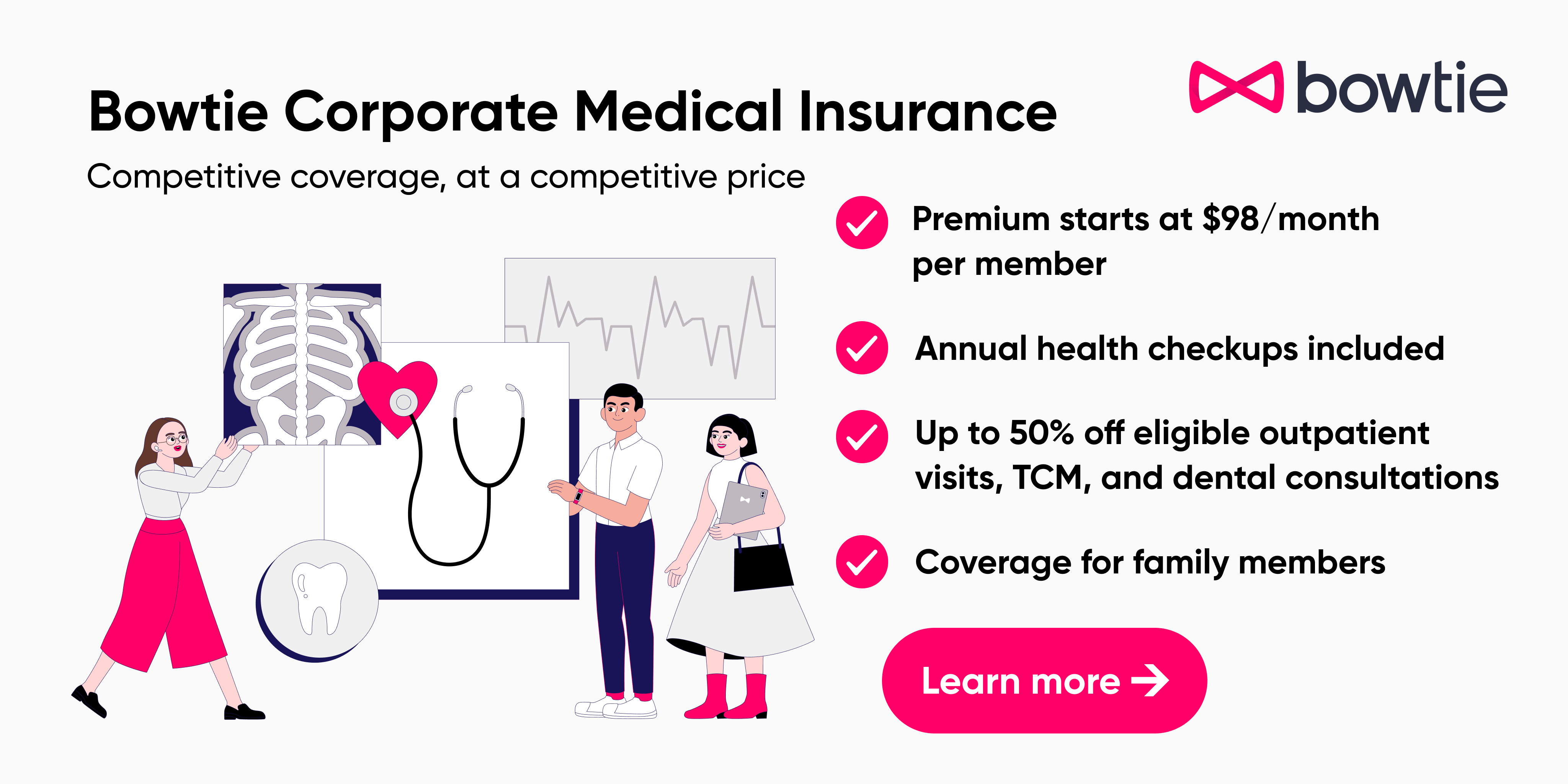Human resources vs. Personnel management
The Human Resources (HR) department is sometimes referred to as the personnel department, but there are some differences in their functions. Compared to the traditional personnel department, which mainly handles daily administrative tasks such as recruitment, onboarding, offboarding, payroll, and tax reporting, the HR department generally has a more comprehensive role, or needs to consider broader human resource management and development planning, as well as leading corporate culture and corporate image.
Depending on the size and business needs of the company, not every company will have multiple HR functions established. Companies with over a thousand employees may have an HR department with more than 10 people, further divided into different job roles, each responsible for handling different tasks. In contrast, many small and medium-sized enterprises may only have one HR person who takes on multiple roles.
Responsibilities of an HR professional
1. Talent acquisition
HR professionals responsible for Talent Acquisition (TA) work closely with department heads to develop detailed recruitment plans based on the company’s business needs. This includes determining recruitment channels, creating job descriptions, and designing interview processes. Many companies have an HR interview stage in their recruitment process, where candidates are screened based on personal traits, cultural fit, and alignment with the company’s values, with the aim of finding culture-fit candidates.
2. Compensation and benefits
Compensation and Benefits (C&B) is another important function of the HR department. They are responsible for developing the company’s compensation system, promotion ladder, payroll processing, leave approval, handling employee resignations, calculating year-end bonuses, and preparing salary adjustments. Providing employee benefits also helps attract and retain talent. HR professionals in C&B deal with numbers on a daily basis. They handle payroll and other matters that may involve labor laws, requiring meticulous attention to detail to ensure compliance.
Managing the company’s group medical insurance is also part of the C&B role. HR representatives source suitable group medical insurance plans for the company, obtain quotes, and complete enrolment. Once the policy is in effect, HR is responsible for managing it and assisting employees with policy-related issues. Additionally, group medical insurance typically requires annual renewal, which is a routine task for HR each year.
With Bowtie’s user-friendly online platform, we help HRs save time on repetitive paperwork when managing group medical insurance. We continuously improve our user interface and functionality to help you streamline the administration process for your employee health benefits.
If you encounter any claims issues or other difficulties, our customer service team is always ready to answer your questions!
3. Performance appraisal
Most companies conduct annual performance evaluations for all employees, commonly known as “appraisals.” These serve two main purposes: first, to determine employee salary adjustments and promotions, and second, to aid in future resource planning. The HR department works closely with management to establish fair, objective, and transparent performance goals, regularly reviewing employee performance, and providing suggestions for improvement, balancing the needs of both parties.
4. Training and development (T&D)
Training and Development is crucial for improving employee performance. HR develops appropriate training programmes for employees at different positions and levels, including onboarding training for new hires, professional skills training, and management training. Additionally, the HR department should encourage employees to participate in continuous learning programmes for self-improvement, such as providing learning resources, supporting internal job transfers, and offering career development guidance for employees’ career planning.
5. Building corporate culture
A healthy, positive team culture not only enhances employees’ sense of belonging and cohesion but also boosts team morale, creating greater value for the company. The HR department may need to plan various employee activities, such as company annual events, family days, holiday celebrations, and various team-building activities. In these cases, HR professionals may need to take on the role of an event planner, responsible for preparing the event flow, venue, and resources in advance.
6. Handling disputes
An effective employee communication mechanism is crucial for maintaining good employee relations. As the “middleman” between the employer and employees, HR should maintain close communication with all stakeholders to understand employees’ work situations and needs. If conflicts arise among colleagues, HR needs to intervene and coordinate promptly to resolve disputes with reference to company policies and legal regulations. In cases of labour disputes, HR often has to step in to handle the situation and protect the legal rights and interests of both parties.
Key qualities of an effective HR professional
An outstanding HR professional needs to possess a comprehensive set of abilities, such as:
- Communication skills: HR needs to communicate effectively with employees at all levels and top leadership, understand others’ needs, and build a good interpersonal network.
- Sense of responsibility: HR work often involves handling employees’ personal information and company confidential data, requiring impartial and ethical execution of duties to gain trust.
- Observational skills: HR needs keen observational skills to detect subtle changes in personnel matters and respond promptly.
- Analytical and decision-making abilities: Analyse large amounts of data and formulate evidence-based talent strategies for the company.
- Emotional intelligence: As the “middleman” between management and employees, excellent emotional management skills are indispensable. HR must remain calm and rational in resolving conflicts.
- Professional knowledge: The HR field is constantly evolving, and continuous learning of the latest legal knowledge and trends is necessary to maintain competitiveness.
According to the Society for Human Resource Management (SHRM), the ideal ratio of HR personnel should be between 1.5 and 4.5 HR staff per 100 employees, depending on the size and business needs of the company. However, based on the association’s 2022 Human Capital Benchmark Report, the current average is 1.7 HR staff per 100 employees. Having too few or too many HR staff can lead to an increase in employee turnover.
HR professionals play a multifaceted role within organisations. Their key responsibilities encompass talent acquisition, crafting compensation and benefits policies, designing training and development initiatives, conducting periodic employee performance evaluations, cultivating a strong corporate culture, and addressing personnel conflicts. In smaller enterprises, HR duties are often consolidated, requiring professionals to adeptly juggle various facets of human resource management.






